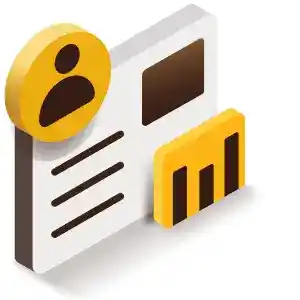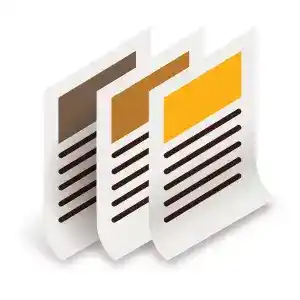Customs Duty Drawback Guide

How often does the government pay you? This guide will help you understand the basics of the Duty Drawback program and give you step-by-step instructions so your business can take advantage of any duty refunds available.
What is Duty Drawback?
Duty Drawback is a refund of duties, fees and taxes paid on certain categories of goods imported into the US that are then exported from the US. Similar to how sales tax is refunded when you return an item to a store, you can claim a duty refund when you export an item that was previously imported.
The Duty Drawback Program was originally established by the Continental Congress back in 1789 with the initial purpose of encouraging manufacturing and exports. It has since evolved to include provisions to drawback law that covers more products and commodities.
What are the Different Categories of Customs Duty Drawback?
There are several different categories of Duty Drawback, but the two most common categories are manufacturing and unused merchandise.
Who Qualifies for Duty Drawback?
If you import into and export goods from the US, then there’s a good chance you qualify for Duty Drawback. Even if you don’t do both, if importing and exporting happen along your supply chain, you may still be able to qualify.
The driving factor for qualification is the exportation or destruction of goods that were imported. Companies across different industry sectors have taken advantage of drawback as long as they (or their suppliers or customers) import and export in sufficient amounts to sustain a drawback program.
What Duties and Fees are Eligible for Duty Drawback?
What is the Duty Drawback Process?
This step-by-step process will show you how to file a duty drawback claim, after your goods have been cleared through Customs.
Send an Application
Send an application to Customs and Border Protection (CBP)
The application requires sample transaction documents and details about your business operations and is then used by CBP to determine if you are eligible for the drawback program. Accelerated payment can also be requested, but you must have a valid drawback bond with CBP. If the request for accelerated payment is approved, you will typically receive a refund within six weeks of Customs accepting the claim. To learn more about the Customs Clearance process, check out our Customs Clearance Guide that walks you through the step-by-step clearance process.
Gather Documents
lady in yellow shirt filling out documents on a clip board
Gather Documents
When you are ready to file, you will be required to gather documentation for CBP. Some of the required documents includes: CBP Form 7501, proof of duties paid, manufacturing records, commercial invoices, proof of import and proof of export or destruction.
Keep Record
organized documents sitting on a desk
Keep Record of Your Claims
Accurate and diligent record-keeping is a key component when filing for drawback. After filing, you must maintain all submitted records for an additional three years from the date of drawback claim liquidation. CBP might also contact you for additional documentation, clarifications, or questions about documents that were submitted.
Things to Consider with Customs Duty Drawback
The Duty Drawback program has the potential to provide companies with significant duty savings, but it might not be suitable for everyone since it is a time-consuming process that requires extensive resources. Having access to the right historical data is key to performing a cost-benefit analysis and ultimately filing for drawback where the return is worthwhile. Although you can self-file, working with an experienced customs broker or trade attorney can ensure information is filed correctly and accurately and help you navigate through the complexities.
How to Get Started
The Duty Drawback program is often underutilized due to the lack of awareness or not knowing where to start. It is a complex process, but UPS® Trade Advisory Services is here to guide you through the filing process.
Duty Drawback FAQs
Maximize Your Supply Chain

Get an Air or Ocean Quote
Our all-in-one customer portal lets you get and compare quotes, book and track shipments all on one modern, easy-to-navigate platform.

Stay Informed
Get insights into all things freight and logistics, delivered right to your inbox.


